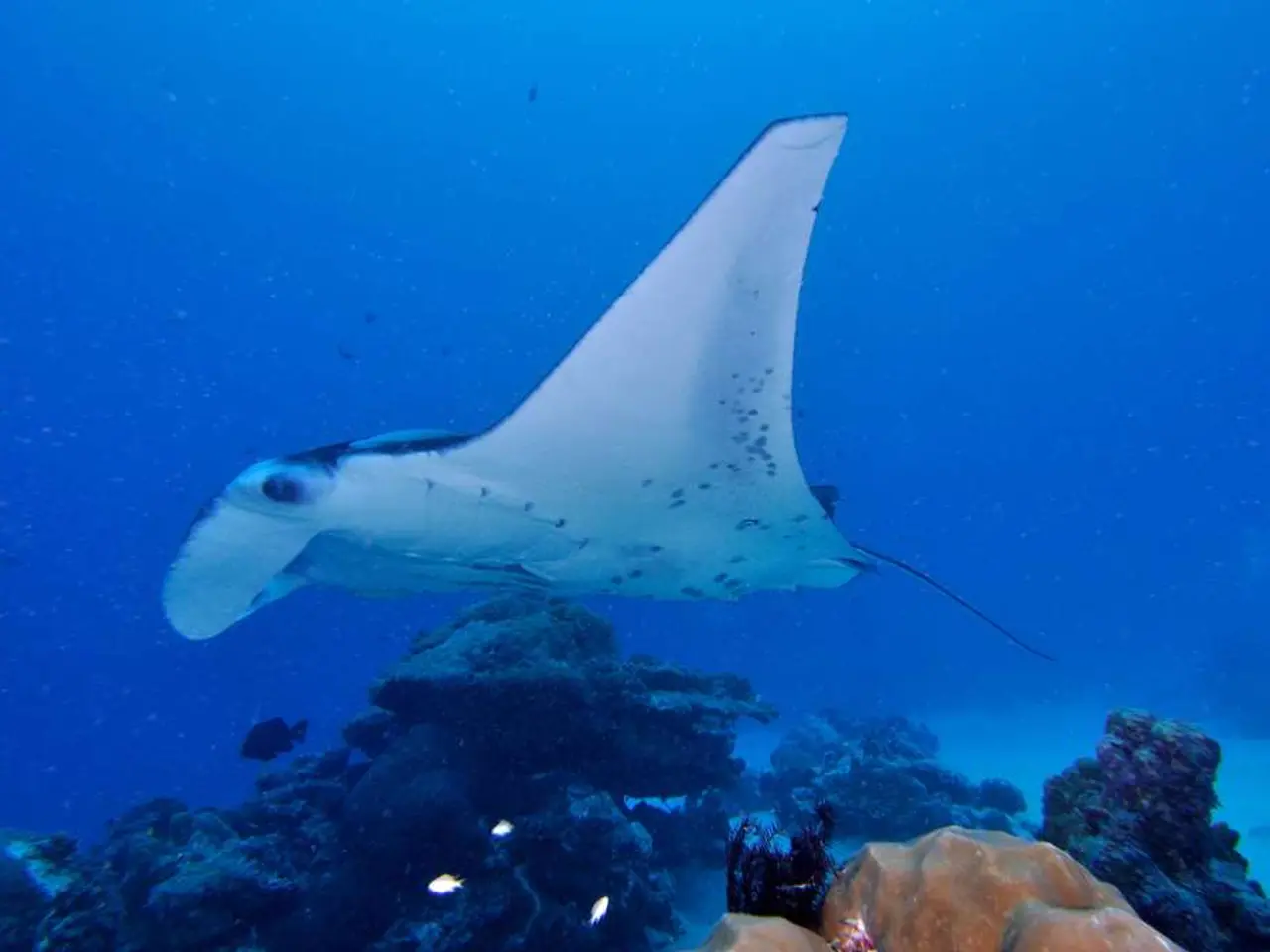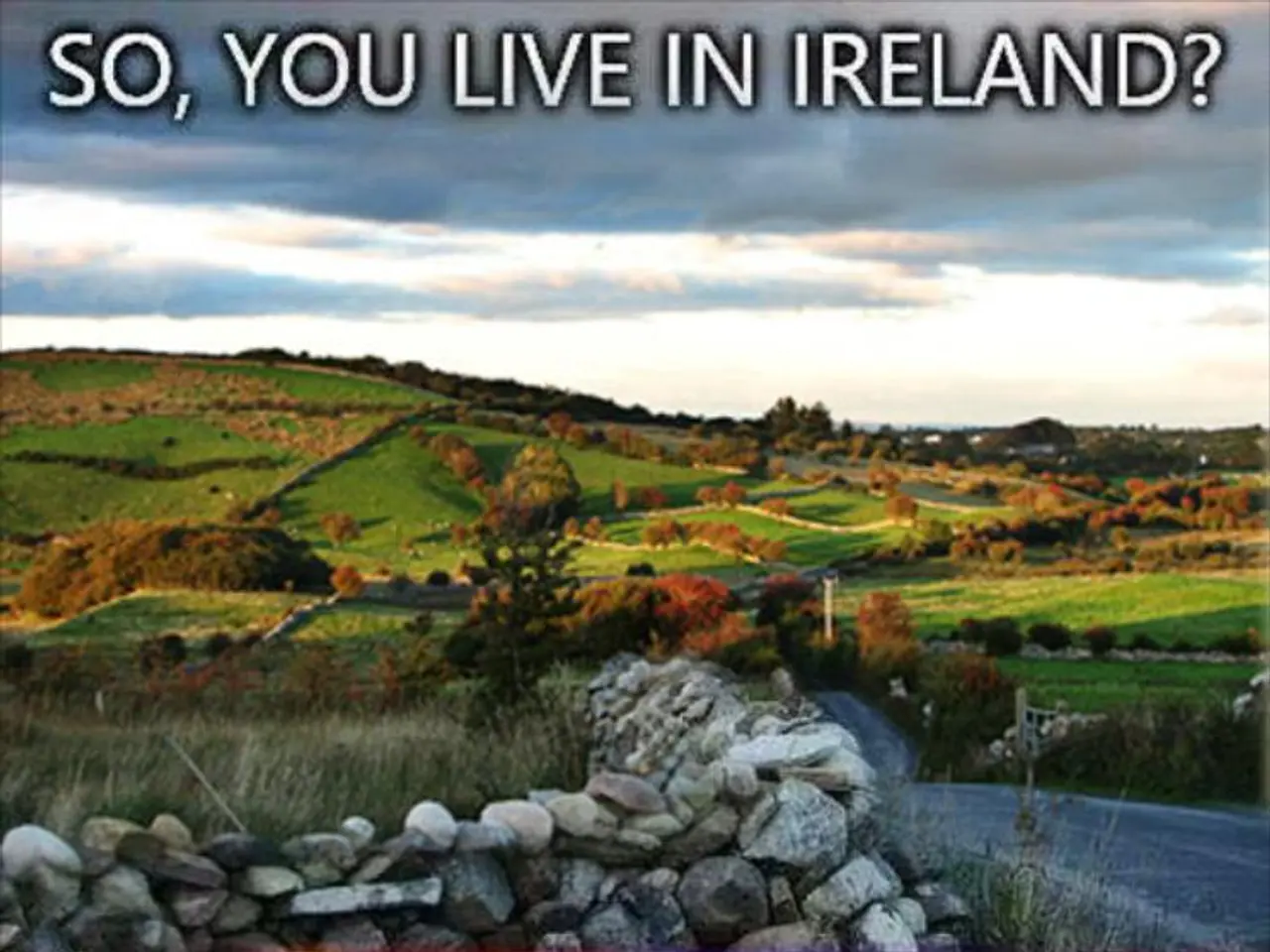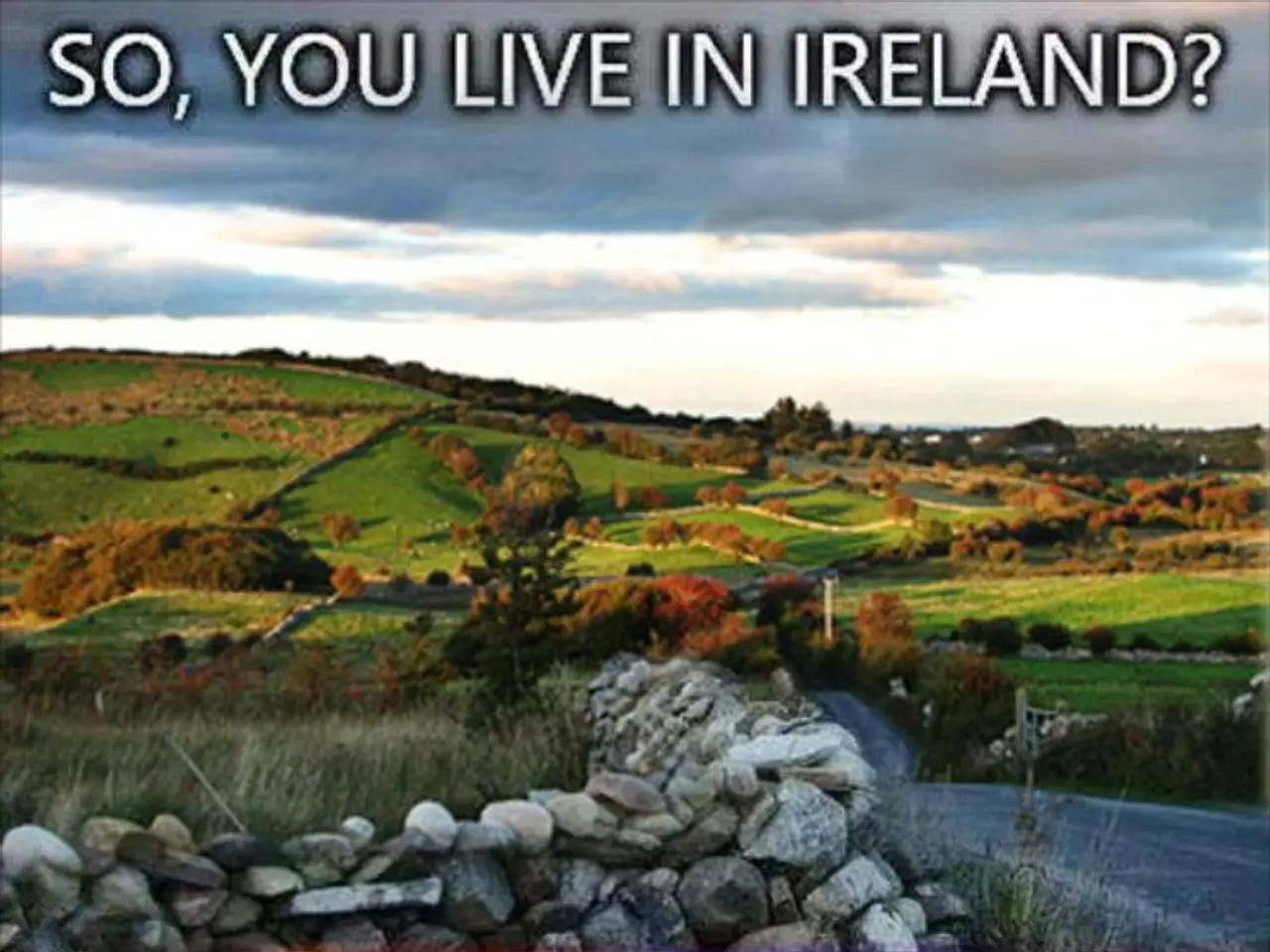Algal blooms causing significant damage in South Australia continue to expand.
In South Australia, a harmful algal bloom, caused by the species Karenia mikimotoi, has been wreaking havoc on the coastline, causing the death of tens of thousands of marine creatures and raising concerns among local communities and authorities.
The algal bloom, first discovered off the Fleurieu Peninsula south of Adelaide in March, has since spread over an area of 4,400 square kilometres - almost twice the size of Saarland. It has split up in recent weeks, with parts moving north into Spencer Gulf and others moving south into the waters around the Coorong wetlands. The bloom has also appeared along the shores of Adelaide in St. Vincent Gulf.
The state government of South Australia has reported the extent of the destruction caused by the algal bloom, with experts attributing its occurrence to a synergy of factors. According to them, a marine heatwave that began in September 2024 and heavy flooding in the region are responsible for the algal bloom. The heatwave has caused sea surface temperatures to be about 2.5°C warmer than usual, creating ideal conditions for algae growth. Calm sea conditions, nutrient input from floods, and cold-water upwelling have further fuelled the bloom, providing a rich nutrient supply that supports algal growth.
The local commercial fishermen's association has expressed concern, stating that fishermen in the region are finding no fish. Sharks and rays are also affected by the algal bloom, which occurs when microscopic algae in a body of water suddenly multiply rapidly due to high temperatures and nutrient overload. The bloom duration depends on changes in ocean temperature and weather, especially wind patterns. Strong westerly winds typically help dissipate the bloom, but persistent high-pressure systems delaying these winds can prolong it.
The algal bloom is toxic to fish and other marine creatures with gills and is harmful to their respiratory systems. Authorities fear that some species in the region could be wiped out. The situation has been compared to a "fish horror film" by experts, with the loss of marine life causing massive destruction along the coastline.
However, it is important to note that the algal bloom is not toxic to humans. Minister Close explained the location of the algal bloom, urging the public to avoid swimming or consuming seafood from affected areas. The government is working closely with experts to monitor the situation and develop strategies to manage and mitigate the impact of the bloom on the marine ecosystem.
Green politicians are calling for a national state of disaster to be declared, highlighting the urgent need for action to address the ongoing crisis. The algal bloom continues to cause destruction and concern among authorities and local communities, underscoring the importance of understanding and addressing the factors contributing to such events to protect the health of our oceans and marine life.
The algal bloom, a catastrophic occurrence in South Australia's coastal waters, has expanded into the realm of environmental science, raising concerns about its impact on climate-change and the overall health of marine ecosystems. This growth, attributed to a synergy of factors including a marine heatwave and heavy flooding, has led experts to link it with the science of weather patterns and their effects on ocean temperature and wind conditions.








